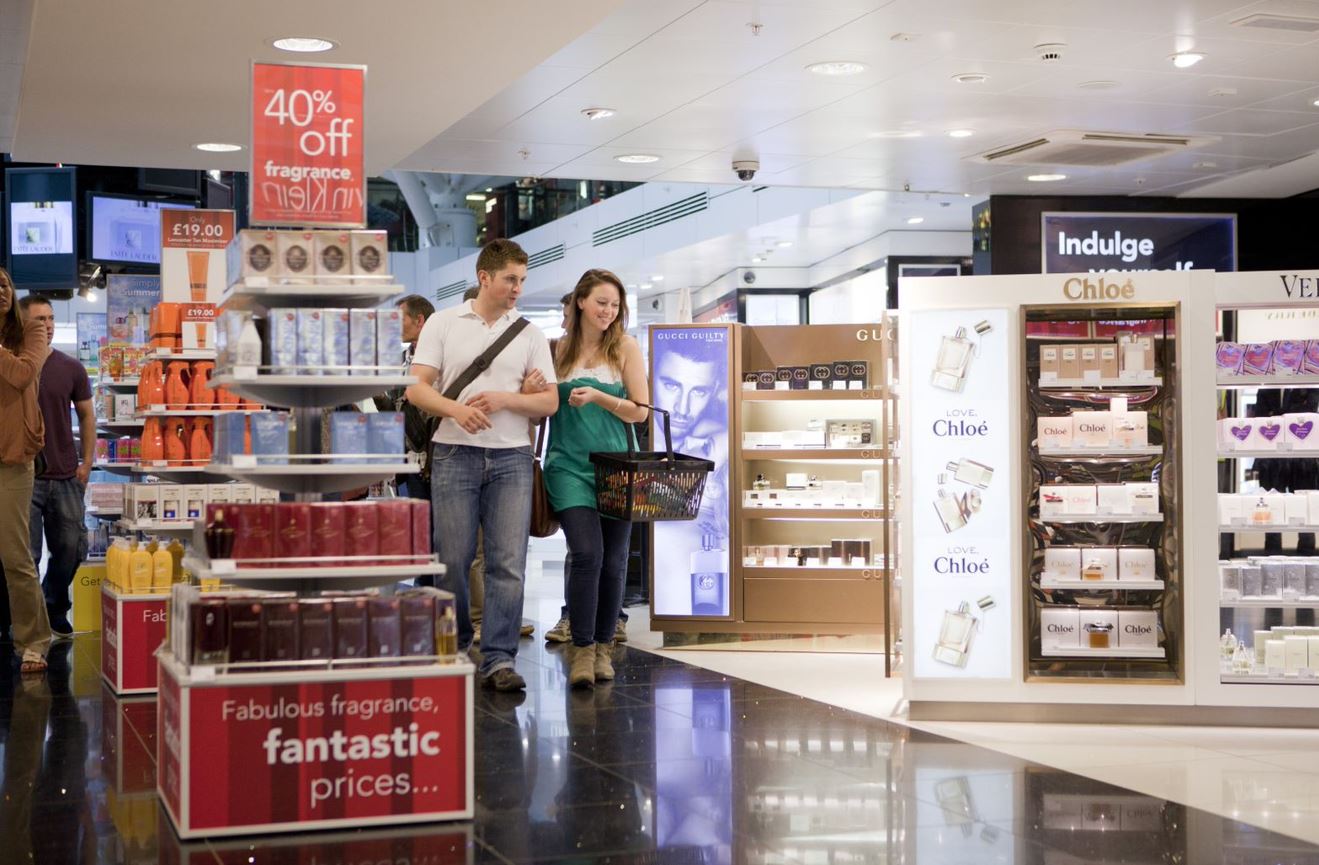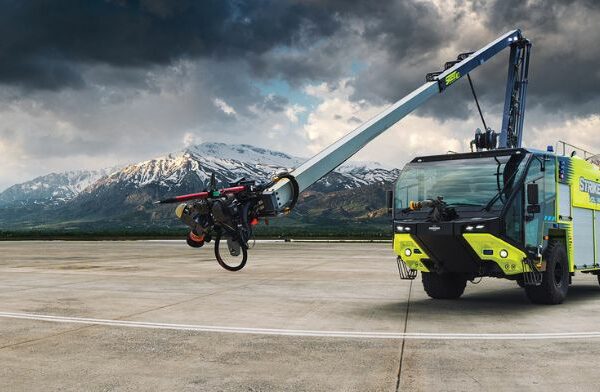


Kinetic Consultancy, a consulting firm with expertise in airport development, has published a report, titled Building blocks for the future of airport commerce, exploring the trends and opportunities for the future of airport commerce.
With 40% of revenue for airports generated through non-aeronautical revenue, the report highlights that without strong consumer spending on products and services, flying wouldn’t be as accessible as it is today. Consumer behaviour however is continuously shifting and the past two years have shown some remarkable business dynamics.
Based on a survey and in depth interviews with industry experts from commercial operators, airports and brands, Kinetic Consultancy found that enhancing the customer experience is a crucial component of airport commerce in the future. According to the report: “This enhancement will clearly build on top of what is already there – a strong retail and food and beverage (F&B) offer. However, there is strong belief that there is a need to diversify sources of income and create room to innovate around customer experience themes.”
In terms of trends that are relevant for airport commerce, Kinetic’s report found that digital enhancement of the customer journey, increased focus on memorable experiences, an airport’s stronger dependence on non-aeronautical revenue, stronger diversification of non-aeronautical revenue, the introduction of new categories and innovation of current non-aeronautical revenue streams are all likely to develop further. Digital enhancement of the customer journey, which includes online offers and delivery system or pick-up points at an airport opening up a broader range of retail brands to airport retail, was found by 93% of those surveyed to be an airport trend that will develop further.
Other highlights from the report look at how to leverage e-commerce and the importance of a strategy for ‘phygital’ retail – the combination of physical and digital retail.
In addition and with passengers increasingly using mobile apps to check-in rather than check-in kiosks in the airport and passengers also becoming increasingly accustomed to checking the airline or airport’s app for gate information and F&B options, Kinetic underlines the collaboration between airline, airport, retailer and brand should be intensified to further enhance the entire customer experience.
Emerging technologies are another possible building block for airport commerce although most respondents think the metaverse and blockchain will only have a little influence on the future of non-aeronautical revenue. What’s more, with gaming is on the rise (75% of people play video games), it is likely to increasingly be part of the passenger experience while waiting at an airport whether it is facilitate by the respective air transport hub or not.
The report also covers which metrics will be decisive for the future of airport commerce and how to optimise and select metrics, with Kinetic’s survey finding that more than 86% of respondents stating that spend or revenue per passenger is their most important performance metric. By asking respondents to evaluate other potentially relevant metrics, Kinetic found that the most decisive ones for the future of airport are measures related to location and co-creation (creating products and experience with other stakeholders, including the passengers themselves).
More than 80% of experts think a measure of co-creation will be decisive in the future of airport commerce and in excess of 70% think location-based data is likely to be decisive.
The reports closing remarks concluded that continually improving the customer experience is an essential ingredient of the future of airport commerce. Especially since the airport environment is one where customers wield growing power.





